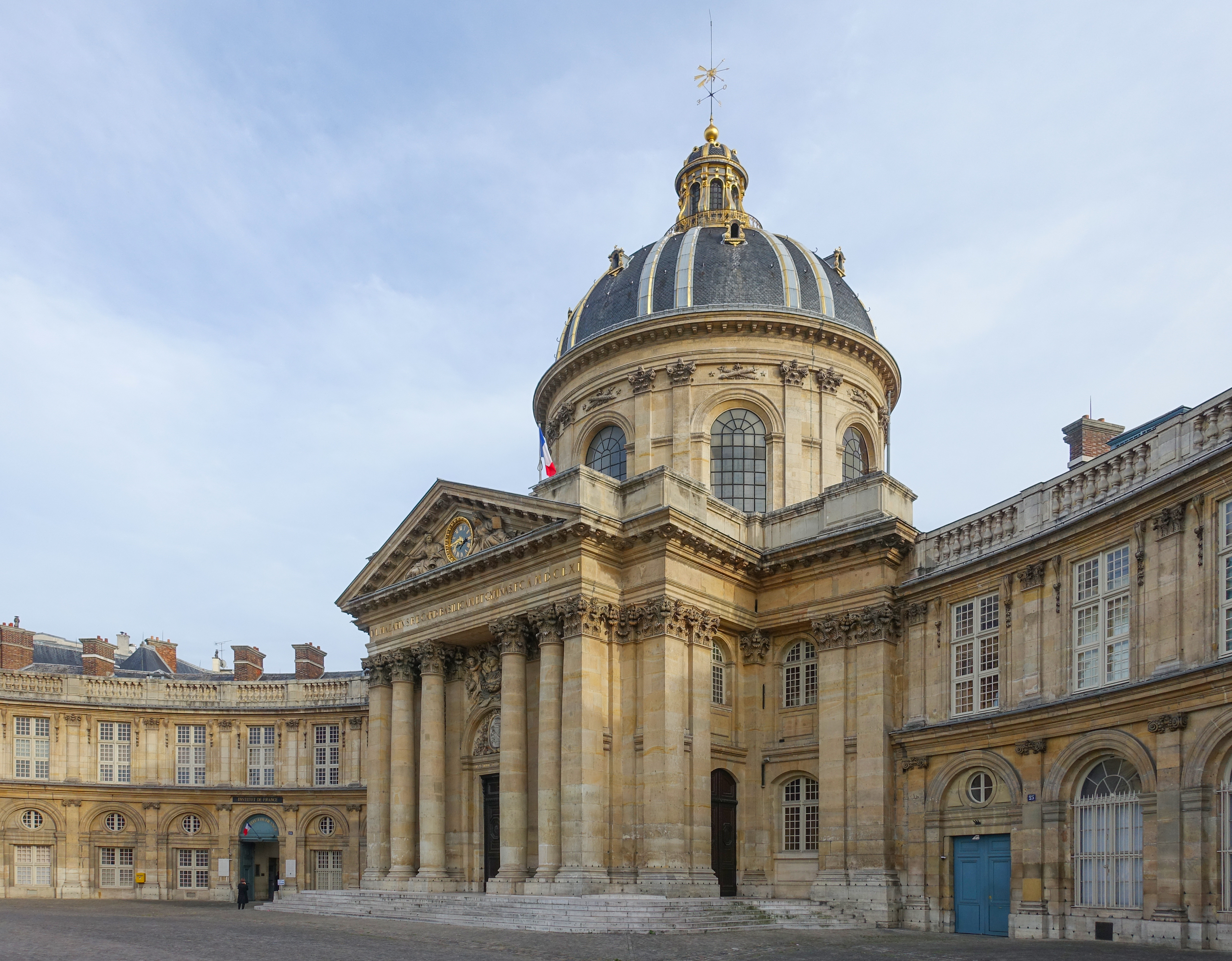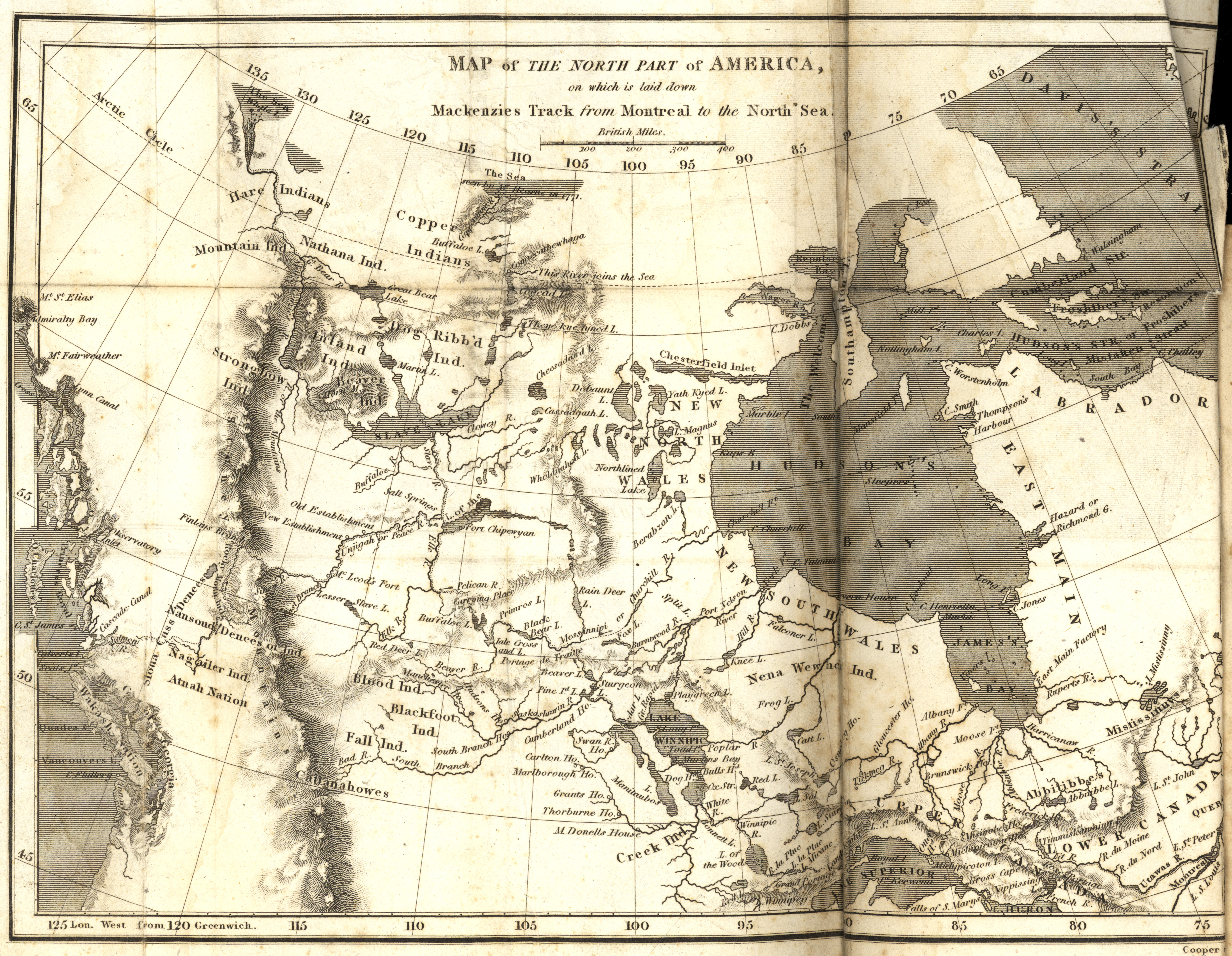|
1789 In Science
The year 1789 in science and technology involved some significant events. Anatomy * Antonio Scarpa publishes ''Anatomicæ disquisitiones de auditu et olfactu'', a classic treatise on the hearing and olfactory organs. Astronomy * August 28 and September 17 – William Herschel discovers Saturn's moons Enceladus and Mimas, which he describes to the Royal Society of London on November 12. * Maximilian Hell establishes the constellations '' Tubus Hershelli Major'' and ''Minor'' in honour of Herschel's discovery of Uranus (constellations obsolete by 1930). Botany * Erasmus Darwin publishes his poem '' The Loves of the Plants'', a popular rendering of Linnaeus' works. * Antoine Laurent de Jussieu publishes Genera Plantarum: secundum ordines naturales disposita, juxta methodum in Horto regio parisiensi exaratam, anno M.DCC.LXXIV', providing a basis for the system of natural classification of flowering plants largely still in use. Chemistry * Antoine Lavoisier's '' Traité élémentair ... [...More Info...] [...Related Items...] OR: [Wikipedia] [Google] [Baidu] |
Science
Science is a systematic endeavor that builds and organizes knowledge in the form of testable explanations and predictions about the universe. Science may be as old as the human species, and some of the earliest archeological evidence for scientific reasoning is tens of thousands of years old. The earliest written records in the history of science come from Ancient Egypt and Mesopotamia in around 3000 to 1200 BCE. Their contributions to mathematics, astronomy, and medicine entered and shaped Greek natural philosophy of classical antiquity, whereby formal attempts were made to provide explanations of events in the physical world based on natural causes. After the fall of the Western Roman Empire, knowledge of Greek conceptions of the world deteriorated in Western Europe during the early centuries (400 to 1000 CE) of the Middle Ages, but was preserved in the Muslim world during the Islamic Golden Age and later by the efforts of Byzantine Greek scholars who brought Greek ... [...More Info...] [...Related Items...] OR: [Wikipedia] [Google] [Baidu] |
Antoine Lavoisier
Antoine-Laurent de Lavoisier ( , ; ; 26 August 17438 May 1794), When reduced without charcoal, it gave off an air which supported respiration and combustion in an enhanced way. He concluded that this was just a pure form of common air and that it was the air itself "undivided, without alteration, without decomposition" which combined with metals on calcination. After returning from Paris, Priestley took up once again his investigation of the air from mercury calx. His results now showed that this air was not just an especially pure form of common air but was "five or six times better than common air, for the purpose of respiration, inflammation, and ... every other use of common air". He called the air dephlogisticated air, as he thought it was common air deprived of its phlogiston. Since it was therefore in a state to absorb a much greater quantity of phlogiston given off by burning bodies and respiring animals, the greatly enhanced combustion of substances and the greater e ... [...More Info...] [...Related Items...] OR: [Wikipedia] [Google] [Baidu] |
Jurij Vega
Baron Jurij Bartolomej Vega (also Veha; la, Georgius Bartholomaei Vecha; german: Georg Freiherr von Vega; born ''Vehovec'', March 23, 1754 – September 26, 1802) was a Slovene mathematician, physicist and artillery officer. Early life Born to a farmer's family in the small village of Zagorica east of Ljubljana in Slovenia, Vega was 6 years old when his father Jernej Veha died. Vega was educated first in Moravče and later attended high school for six years (1767–1773) in Ljubljana (the Jesuit College of Ljubljana, '), studying Latin, Greek, religion, German, history, geography, science, and mathematics. At that time there were about 500 students there. He was a schoolfellow of Anton Tomaž Linhart, a Slovenian writer and historian. Vega finished high school when he was 19, in 1773. After completing his studies at the Lyceum of Ljubljana (Licej v Ljubljani) he became a navigational engineer in 1775. ''Tentamen philosophicum'', a list of questions for his comprehensiv ... [...More Info...] [...Related Items...] OR: [Wikipedia] [Google] [Baidu] |
Slovenes
The Slovenes, also known as Slovenians ( sl, Slovenci ), are a South Slavic ethnic group native to Slovenia, and adjacent regions in Italy, Austria and Hungary. Slovenes share a common ancestry, culture, history and speak Slovene as their native language. Outside of Slovenia and Europe, Slovenes form diaspora groups in the United States, Canada, Argentina and Brazil. Population Population in Slovenia Most Slovenes today live within the borders of the independent Slovenia (2,100,000 inhabitants, 83 % Slovenes est. July 2020). In the Slovenian national census of 2002, 1,631,363 people ethnically declared themselves as Slovenes, while 1,723,434 people claimed Slovene as their native language. Population abroad The autochthonous Slovene minority in Italy is estimated at 83,000 to 100,000, the Slovene minority in southern Austria at 24,855, in Croatia at 13,200, and in Hungary at 3,180. Significant Slovene expatriate communities live in the United States and Canada, in other ... [...More Info...] [...Related Items...] OR: [Wikipedia] [Google] [Baidu] |
Alexander Mackenzie (explorer)
Sir Alexander Mackenzie (or MacKenzie, gd, Alasdair MacCoinnich; – 12 March 1820) was a Scottish explorer known for accomplishing the first crossing of America north of Mexico in 1793. The Mackenzie River is named after him. Early life Mackenzie was born in House in Stornoway in Isle of Lewis, Lewis. He was the third of the four children born to Kenneth 'Corc' Mackenzie (1731–1780) and his wife Isabella MacIver, from another prominent mercantile family in Stornoway. When only 14 years old, Mackenzie's father served as an Ensign (rank), ensign to protect Stornoway during the Jacobite rising of 1745. He later became a merchant and held the Tacksman, tack of Melbost; his grandfather being a younger brother of Murdoch Mackenzie, 6th Laird of Fairburn. Educated at the same school as Colin Mackenzie, the army officer and first Surveyor General of India, he sailed to New York City with his father to join an uncle, John Mackenzie, in 1774, after his mother died in Scotland. In ... [...More Info...] [...Related Items...] OR: [Wikipedia] [Google] [Baidu] |
Pitchblende
Uraninite, formerly pitchblende, is a radioactive, uranium-rich mineral and ore with a chemical composition that is largely UO2 but because of oxidation typically contains variable proportions of U3O8. Radioactive decay of the uranium causes the mineral to contain oxides of lead and trace amounts of helium. It may also contain thorium and rare-earth elements. Overview Uraninite used to be known as pitchblende (from '' pitch'', because of its black color, and ''blende'', from ''blenden'' meaning "to deceive", a term used by German miners to denote minerals whose density suggested metal content, but whose exploitation, at the time they were named, was either unknown or not economically feasible). The mineral has been known at least since the 15th century from silver mines in the Ore Mountains, on the German/Czech border. The type locality is the historic mining and spa town known as Joachimsthal, the modern day Jáchymov, on the Czech side of the mountains, where F. E. Brückman ... [...More Info...] [...Related Items...] OR: [Wikipedia] [Google] [Baidu] |
Uranium
Uranium is a chemical element with the symbol U and atomic number 92. It is a silvery-grey metal in the actinide series of the periodic table. A uranium atom has 92 protons and 92 electrons, of which 6 are valence electrons. Uranium is weakly radioactive because all isotopes of uranium are unstable; the half-lives of its naturally occurring isotopes range between 159,200 years and 4.5 billion years. The most common isotopes in natural uranium are uranium-238 (which has 146 neutrons and accounts for over 99% of uranium on Earth) and uranium-235 (which has 143 neutrons). Uranium has the highest atomic weight of the primordially occurring elements. Its density is about 70% higher than that of lead, and slightly lower than that of gold or tungsten. It occurs naturally in low concentrations of a few parts per million in soil, rock and water, and is commercially extracted from uranium-bearing minerals such as uraninite. In nature, uranium is found as uranium-238 (99. ... [...More Info...] [...Related Items...] OR: [Wikipedia] [Google] [Baidu] |
Martin Heinrich Klaproth
Martin Heinrich Klaproth (1 December 1743 – 1 January 1817) was a German chemist. He trained and worked for much of his life as an apothecary, moving in later life to the university. His shop became the second-largest apothecary in Berlin, and the most productive artisanal chemical research center in Europe. Klaproth was a major systematizer of analytical chemistry, and an independent inventor of gravimetric analysis. His attention to detail and refusal to ignore discrepancies in results led to improvements in the use of apparatus. He was a major figure in understanding the composition of minerals and characterizing the elements. Klaproth discovered uranium (1789) and zirconium (1789). He was also involved in the discovery or co-discovery of titanium (1792), strontium (1793), cerium (1803), and chromium (1797) and confirmed the previous discoveries of tellurium (1798) and beryllium (1798). Klaproth was a member and director of the Berlin Academy of Sciences. H ... [...More Info...] [...Related Items...] OR: [Wikipedia] [Google] [Baidu] |
Annales De Chimie Et De Physique
__NOTOC__ ''Annales de chimie et de physique'' ( French for ''Annals of Chemistry and Physics'') is a scientific journal founded in Paris, France, in 1789 under the title ''Annales de chimie''. One of the early editors was the French chemist Antoine Lavoisier. Lavoisier, an aristocrat, was guillotined in May 1794, ostensibly for tax fraud: and the journal was not published from 1794 to 1796 while the Reign of Terror was at its height under the French Directory. In 1815, it became the ''Annales de chimie et de physique'', and was published under that name for the next 100 years. In 1914, it split into two successor journals. The first one, '' Annales de physique'', was latterly published by EDP Sciences under the same name up to 2009, when it became integrated in the ''European Physical Journal'' series as the '' European Physical Journal H – Historical Perspectives on Contemporary Physics''. The second successor, ''Annales de chimie'', later became '' Annales de chimie: Scien ... [...More Info...] [...Related Items...] OR: [Wikipedia] [Google] [Baidu] |
Scientific Journal
In academic publishing, a scientific journal is a periodical publication intended to further the progress of science, usually by reporting new research. Content Articles in scientific journals are mostly written by active scientists such as students, researchers, and professors instead of professional journalists. There are thousands of scientific journals in publication, and many more have been published at various points in the past (see list of scientific journals). Most journals are highly specialized, although some of the oldest journals such as ''Nature'' publish articles and scientific papers across a wide range of scientific fields. Scientific journals contain articles that have been peer reviewed, in an attempt to ensure that articles meet the journal's standards of quality and scientific validity. Although scientific journals are superficially similar to professional magazines, they are actually quite different. Issues of a scientific journal are rarely read casuall ... [...More Info...] [...Related Items...] OR: [Wikipedia] [Google] [Baidu] |
Phlogiston
The phlogiston theory is a superseded scientific theory that postulated the existence of a fire-like element called phlogiston () contained within combustible bodies and released during combustion. The name comes from the Ancient Greek (''burning up''), from (''flame''). The idea was first proposed in 1667 by Johann Joachim Becher and later put together more formally by Georg Ernst Stahl. Phlogiston theory attempted to explain chemical processes such as combustion and rusting, now collectively known as oxidation. It was challenged by the concomitant weight increase, and was abandoned before the end of the 18th century following experiments by Antoine Lavoisier and others. Phlogiston theory led to experiments which ultimately concluded with the discovery of oxygen. Theory Phlogiston theory states that ''phlogisticated'' substances contain phlogiston and that they ''dephlogisticate'' when burned, releasing stored phlogiston which is absorbed by the air. Growing plants then absor ... [...More Info...] [...Related Items...] OR: [Wikipedia] [Google] [Baidu] |





.jpg)

